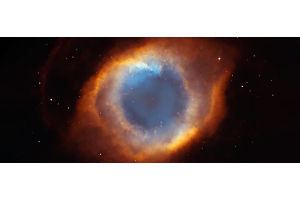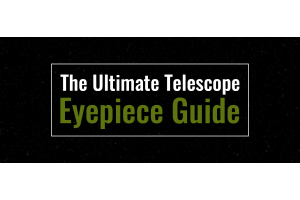summer sky
The Summer Sky is a treasure of beautiful objects one can see through a telescope. These include the core of the Milky Way, the Lagoon Nebula, the Eagle Nebula, and much more. Check out some of our articles on how to find and observe these beautiful stars and deep-sky objects!
Do they burn their way through boldly over the summer sky? Yes, they are significantly impacted by different conditions. The brightness or sky-gazing depends on the exact location and observing point conditions. The ideal conditions for stargazing are summer, which is when it's usually seen. Thus, it’s the seasons and the diverse combination of factors such as the place, weather patterns, and stars' position in space.
How do you watch the stars in summer? Look and have a telescope or binoculars for easy access to visions beyond the visible cosmos. Here we go, look for a spot far from man-made lights and let the stars shine with their out-of-this-world rays; they don’t need those blinding sodium lamps to annoy them.
With the help of telescopes, one can observe the rusty color terrain, the ice caps, and the blushing of Mars, the so-called red planet, during opposition. Jupiter, the most notable due to its size in our solar system, enchants with wonderful cloud patterns and a turbulent Great Red Spot. The ornamented Saturn, with its heavenly systems of rings, is the planet that shines most brightly among the rest of the celestial bodies. These rings are the most fascinating cosmic phenomena seen through telescopes. But to the naked eye, these planets are a couple – Uranus and Neptune, the stunning but inscrutable gas giants, await the observant telescope users. Then, looking through the narrow passage of the telescope, we are drawn into the realm of the celestial, having a glimpse of the characters of the sky's changing faces. Playing in the harmony of celestial marvels, the night skies tell stories through the universe.
The "Summer Triangle" in our sky is remarkable! This equilateral triangle, composed of three stars, is a constant guide across the northern skyline. From the fading sunsets to the radiant mornings, these stars paint a celestial picture, leading our gaze through the night. The Perseids meteor shower on August nights offers a dazzling display reminiscent of dreams and shooting stars streaking across the heavens. Look towards the southern horizon, and you'll find the Milky Way shining brightly—a beacon amidst the vast expanse of the Cosmic Labyrinth.
Nature illuminates campers with its unique universe, consisting of a colorful blanket of stars and constellations. It enables them to experience the ultimate camping adventure within a captivating natural environment. Under the starry sky above, even the Milky Way showers across the celestial surface like a brilliant pathway; the naturalists in the camping sites find tranquility in the simplicity of nature. From pitching tents among imposing trees to cuddling by a blazing fire beneath a star-spattered sky, the shift from the wonders above to the comforts of camping strengthens the bond with nature. From stargazing into the late hours to the bird song serenade at dawn, the summer sky's magic becomes one with the tranquility of camping and gives us moments of peace and wonder in outdoor living.
In the expansive night sky, numerous stars dot the darkness, occasionally interrupted by drifting clouds. Picture a clear summer night, where recognizable constellations emerge as reliable markers. Visualize Hercules, symbolizing strength, shining prominently with its distinctive star arrangement, or Vega, solitary and radiant, resembling a gleaming diamond in the celestial display. The sky is best viewed in summer. Being known for carrying top-notch telescopes and accessories, we have the best equipment for your summer sky viewing. May it be for night viewing or camping. Here are a few of our bestsellers you’ll love to add to your impressive collection.
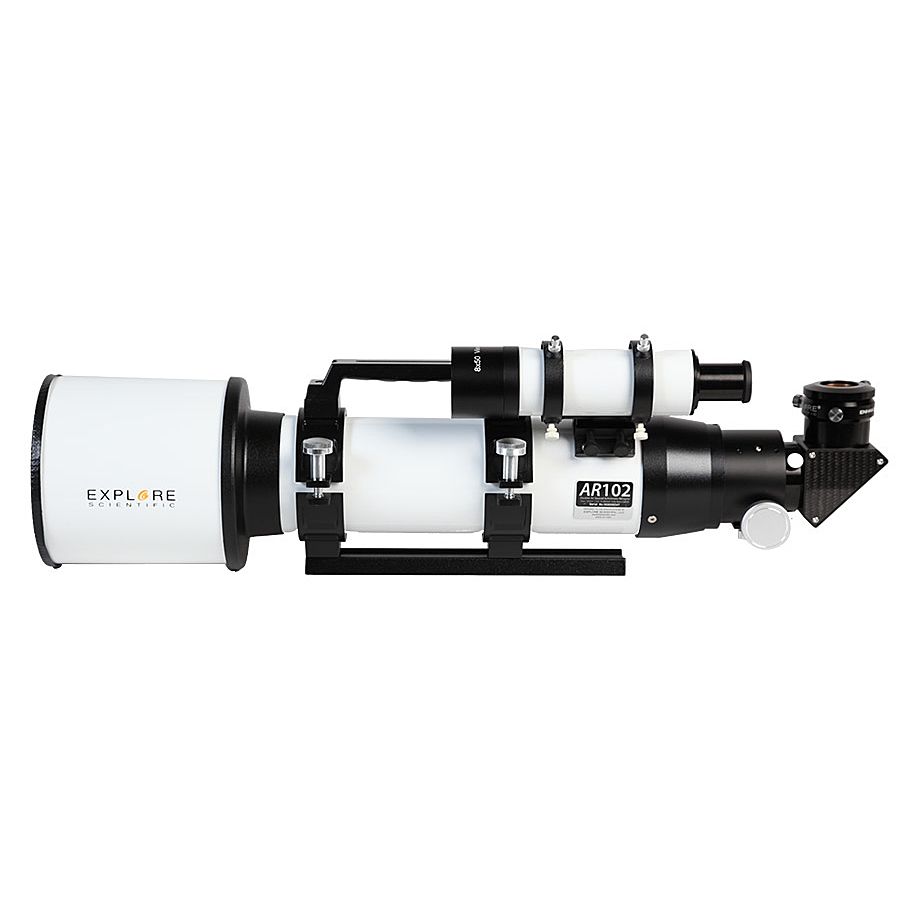
Have you ever crossed your favorite telescopes for camping? Let's skip the air-spaced doublet – not the average telescope friend, but much rather an astral expert who digs deeper into star personalities. While others are wasting time taking starry selfies, the Explore Scientific 102 mm Air Spaced Doublet Refractor remains classy and nobly observes distant galaxies quaffing interstellar cocktails like a cosmopolitan discoverer.
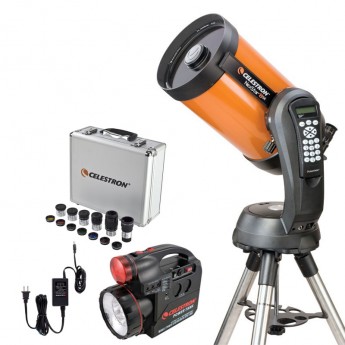
The telescope that's not just a stargazer but a celestial party planner with its flashy eight-inch aperture and space-age tech! Picture it as a swagger; it's stuff with an attitude that says, "Why stargaze when you can throw a star party?" This telescope's got a computerized GoTo mount – a cosmic GPS that navigates the night sky smoother than a salsa dancer on a spaceship. Imagine it as your celestial chauffeur, whisking you away to meet distant galaxies, planets, and nebulae. Get ready to roll the dice because when the Celestron NexStar 8SE struts onto the cosmic adventure, the universe transforms into a dazzle and the stars line up.
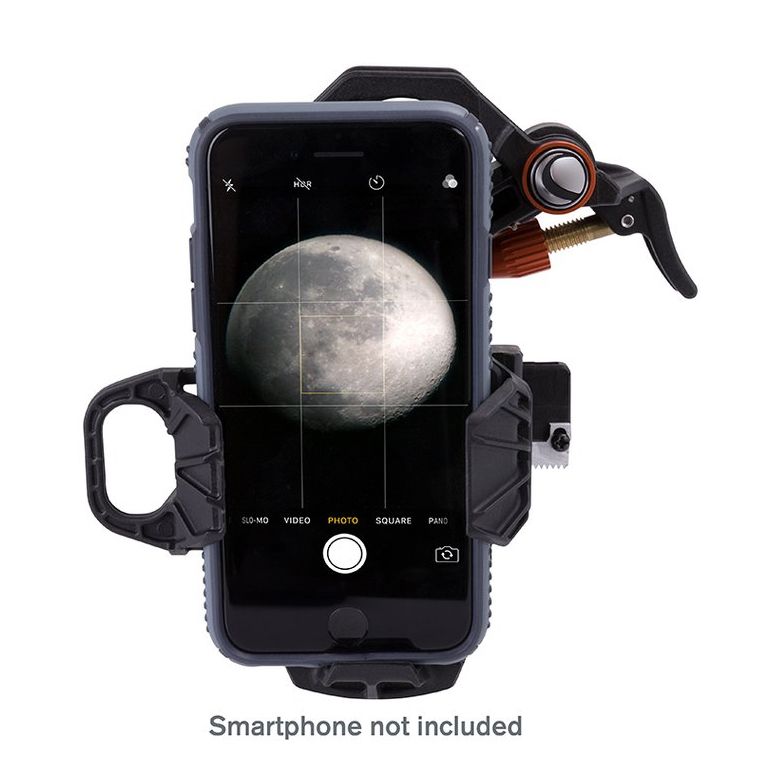
Don't forget the Celestron NexYZ Smartphone – your ticket to turning your smartphone into a cosmic photograph without breaking the bank on a fancy camera! The NexYZ isn't just a stargazer; it's a multitasker that moonlights with microscopes, too! It comes with a nifty adapter ring for 25 mm microscope eyepieces because why should the stars have all the fun? Now, strike a pose, intergalactic selfie enthusiasts – the Celestron NexYZ is here to make your cosmic photography dreams come true!
From stargazing into the late hours to the bird song serenade at dawn, the summer sky's magic becomes one with the tranquility of camping and gives us moments of peace and wonder in outdoor living.

